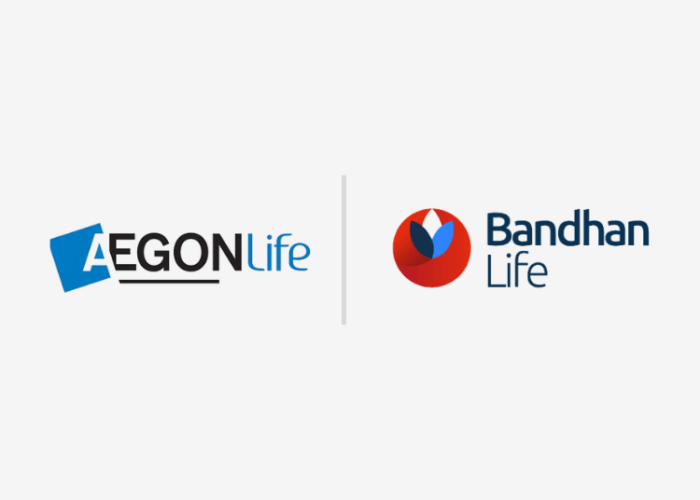With lots of big players in the eCommerce industry like Amazon and eBay, it may seem nearly impossible for smaller eCommerce businesses to gain more traffic.
However, by taking the right steps, you can also increase traffic to your site and build a loyal customer base.
Through this article, we’ll share all the things eCommerce sites need to have to boost traffic.
1. Choose the Right Web Builder
While it’s not something you can have in your website, the right web builder has the features you will need to increase traffic.
For example, you may choose an online store builder with features specific for eCommerce sites, like design themes specific for product layout and integration with social media for promotion.
Other features may not be directly related to the site’s function as an eCommerce site, but they may help boost traffic. Some examples of great features you should pay attention to are website speed optimization and integrated SEO tools.
2. Fast-Loading Pages
A fast website has several advantages for your business. It improves your website’s SEO, both directly and indirectly.
Website speed is one of the factors included by Google to determine search engine rankings. Faster websites will be considered as higher quality than slower websites since visitors are more likely to come back.
A faster website also improves user experience. Loading time greatly impacts the bounce rate, or the percentage of people who visit one page of your website then leaves.
A web page that loads at 10 seconds has a bounce rate of 65%, and it increases to 73% when it reaches 16 seconds. With more and more web pages now loading under five seconds, visitors are less willing to wait to access a web page.
3. A Clear Domain Name
A domain name functions as the address of your website. Since it’s what your visitors will be typing into their address bar to access your site, you will want your domain name to be easy to memorize.
To make sure your domain name is clear and memorable, keep it short and catchy. Avoid using complicated words or including more than three words.
Having your brand name in your domain name is also good practice. It makes your business website look professional and trustworthy, and it also improves brand visibility among your customers.
When they want to visit your business website again, your brand name will be the first thing they have in mind.
4. A Beautiful Web Design
When talking about web design, beauty may be subjective.
If you ask others what they consider as a good design for a website, their choice of colour, fonts, and shapes may vary. One thing they will have in common, however, is functionality.
That’s why minimalist design is popular for websites. They’re straightforward and easy to navigate through, and they’re often faster to load.
However, you can add an artistic touch to your website and still have it load fast. Use a lightweight theme that’s customizable to include elements from your brand identity guideline, like colour palette and fonts.
5. High Quality Content
When it comes to traffic, content plays a crucial part. A significant chunk of SEO, or search engine optimization, focuses on content.
If you’ve previously seen advice on SEO, you may have seen that most of it focuses on keywords. However, this doesn’t mean you should keyword-stuff your content.
Optimizing keywords in your content will help your visitors find your website better.
To do this, you have to identify which keywords your visitors may use to find your business and how often people search for those keywords.
Once you have a list of them ready, you may base your content around those keywords. Include relevant keywords in the title, use clear headlines, and keep your content helpful and informative.
6. Optimized Images
Every image you include in your articles have metadata. They’re useful information that can aid in cataloging and finding images.
Search engine optimization can be done not only through content such as articles but also with images.
Images in your site will also be indexed by Google Images. This means visitors will be able to find you through web pages in Google search results and also through the images you upload.
To make these images more discoverable, including structured data in your images and alt text. Alt-text is a description of this image that will be shown to visitors when the picture itself can’t be displayed.
7. Social Proof
Social proof can also be employed as a marketing strategy, including driving traffic to your site.
According to this theory, when someone is unsure about a decision, they will assume that the influential people around them, such as family, friends, or public figures, are more knowledgeable than them.
To gain credibility for your brand, you may use social proof in your strategy by inviting experts or influencers from a related field to share their insight.
You may also run campaigns asking your customers to share their experience buying products from your business. It’s shown that word-of-mouth can increase marketing efficiency to 54%.
8. Mobile Responsiveness
Online transactions via mobile are quickly becoming more prevalent than ever. Transactions on eCommerce sites through mobile is projected to reach 72.9% by the end of 2021.
To make sure you don’t miss out, it’s crucial to use responsive design for your ecommerce site.
Rather than making two separate versions for mobile and desktop users, it’s more beneficial to employ responsive web design.
This design will automatically adapt to different layouts on different devices, making it compatible for every device. It ensures that user experience will be uniform across all devices.
9. Social Media Integration
Data in 2020 shows that more than 50% of the world population are now on social media. This means that aside from search engines, social media can also be utilized as a source of traffic.
Gaining traffic from social media is much more than just creating a business account. It also needs social media integration on your website.
This integration means visitors and customers can share pages from your website on their social media. As mentioned above, word-of-mouth is a powerful marketing tool.
With social media integration, it will be easier for visitors to share their reviews and comments about your eCommerce site to their friends and family.
10. Start a Referral Program
A referral program can bring in new visitors, or even customers, to your eCommerce site.
When starting a referral program, you have to determine what goal you want to achieve through this program. This will help you figure out how to roll out incentives to your current customers.
If you want to get new members, you can incentivize your current customers to refer their friends and family to sign up on your site. For new purchases, this incentive can be given once their referral has made a purchase.
When planned right, a referral program can do wonders for your business. PayPal’s referral program gained them millions of new customers, with 7 to 10% daily growth.
Conclusion
To get more visitors to your eCommerce website, the key is to make user experience a priority.
Put yourself in their shoes and identify how you can make the experience better for them. Once you have figured out what to improve, you’re well on your way to gain more visitors and grow your site.












